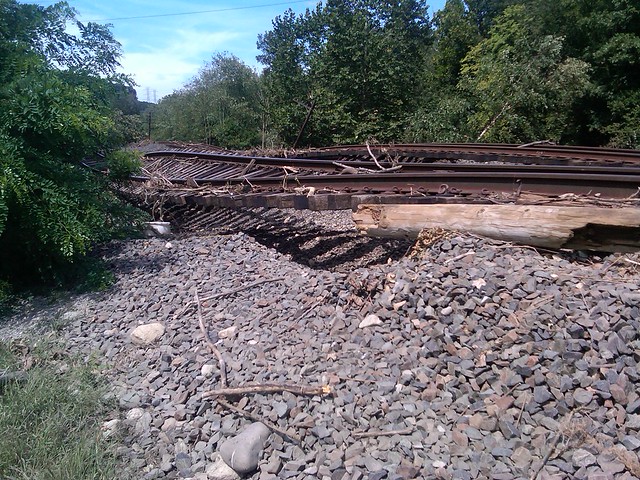As New Yorkers adjust to life in this new era of underground cell service, Transit Wireless is moving ahead with plans to equip the entire system within the next four years. That would allow New Yorkers — or at least those with AT&T and T-Mobile – to enjoy underground signals before Phase 1 of the Second Ave. Subway opens. Both of these projects are just, uh, zooming by.
Anyway, with the announcement of the six-station pilot earlier this week, Transit Wireless and the MTA said that 30-50 more Manhattan stations would be equipped with cell service within the next 12 months. Among those will be Times Square, Columbus Circle and Herald Square. Now, we learn what some of the remaining ones are. Drumroll please….
96th Street (1, 2, 3)
96th Street (B, C)
86th Street (1)
86th Street (B, C)
79th Street (1)
81 Street (B, C)
72nd Street (1, 2, 3)
72nd Street (B, C)
66th Street (1)
59th Street/Columbus Circle (1, A, C, B, D)
Fifth Avenue and 59th Street (N, R, Q)
57th Street (N, R, Q)
7th Av (E, B, D)
57th Street (F)
50th Street (C, E)
50th Street (1)
49th Street (N, R, Q)
47th-50th Streets/Rockefeller Center (B, D, F, M)
42nd Street/Times Square (1, 2, 3; A, C, E; N, R, Q)
34th Street/Herald Square (B, D, F, M; N, R, Q)
28th Street (1)
28th Street (N, R)
23rd Street (1)
23rd Street (N, R)
18th Street (1)
Unsurprisingly, these list of 25 features stations all in Manhattan and all south of 96th Street. That’s where the system’s more crowded stations are and where the call volume is likely to be highest. If implementation is successful there, it should be far easier elsewhere. I’m still working on finding the remaining 25.
And so as cell phone service begins to inch its way across the subway, I have to wonder what will happen first: underground mobile service for all or the opening of Phase 1 of the Second Ave. Subway? Transit Wireless says they’ll win the race, but with the MTA and its adventures in technology, anything can happen.



 When the MTA announced its sweeping subway service changes last year, the news was, by and large, bad for straphangers. With the V and W chopped, the G train scaled back and load guidelines adjusted to allow for less frequent service, I assumed that most subway riders would feel the pain of the service cuts. The only winners would be those folks from the Middle Village area who could enjoy a one-seat ride into Midtown on the rerouted M train.
When the MTA announced its sweeping subway service changes last year, the news was, by and large, bad for straphangers. With the V and W chopped, the G train scaled back and load guidelines adjusted to allow for less frequent service, I assumed that most subway riders would feel the pain of the service cuts. The only winners would be those folks from the Middle Village area who could enjoy a one-seat ride into Midtown on the rerouted M train.